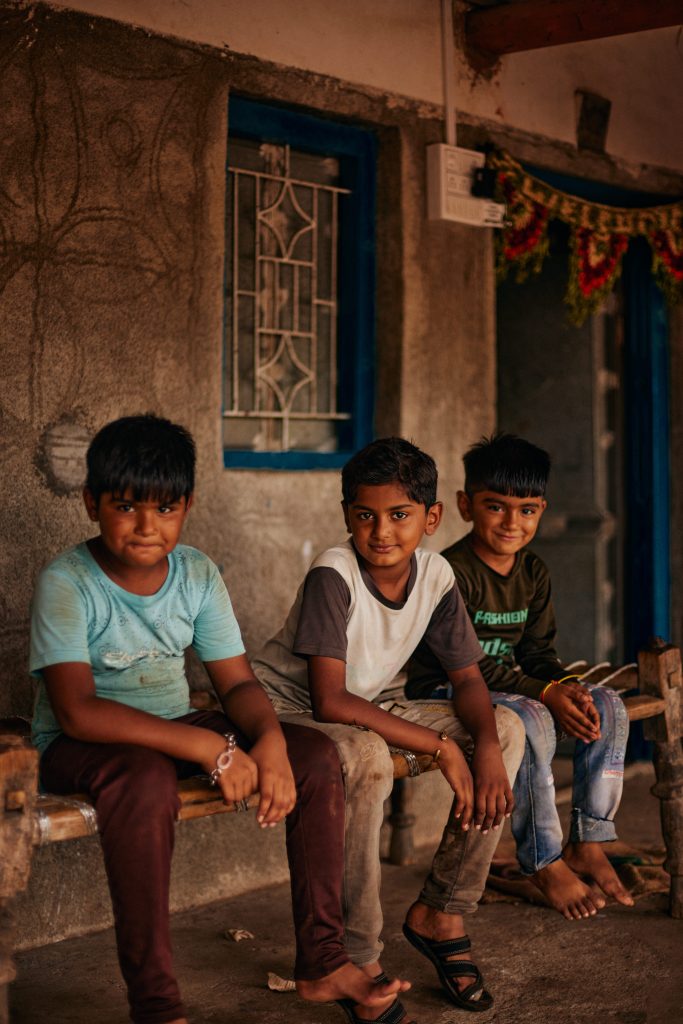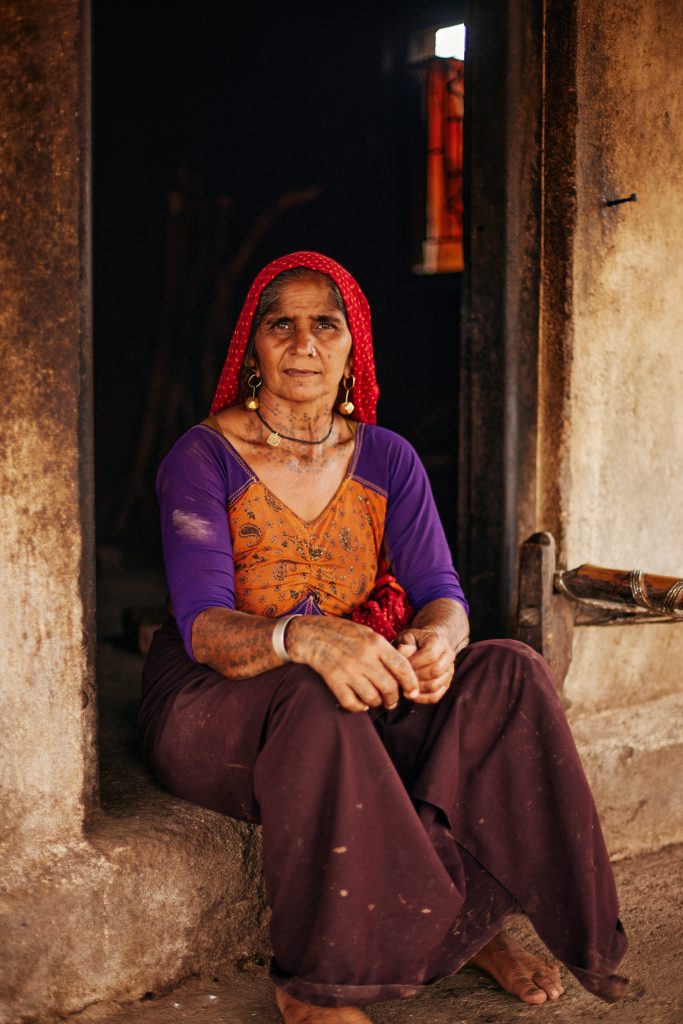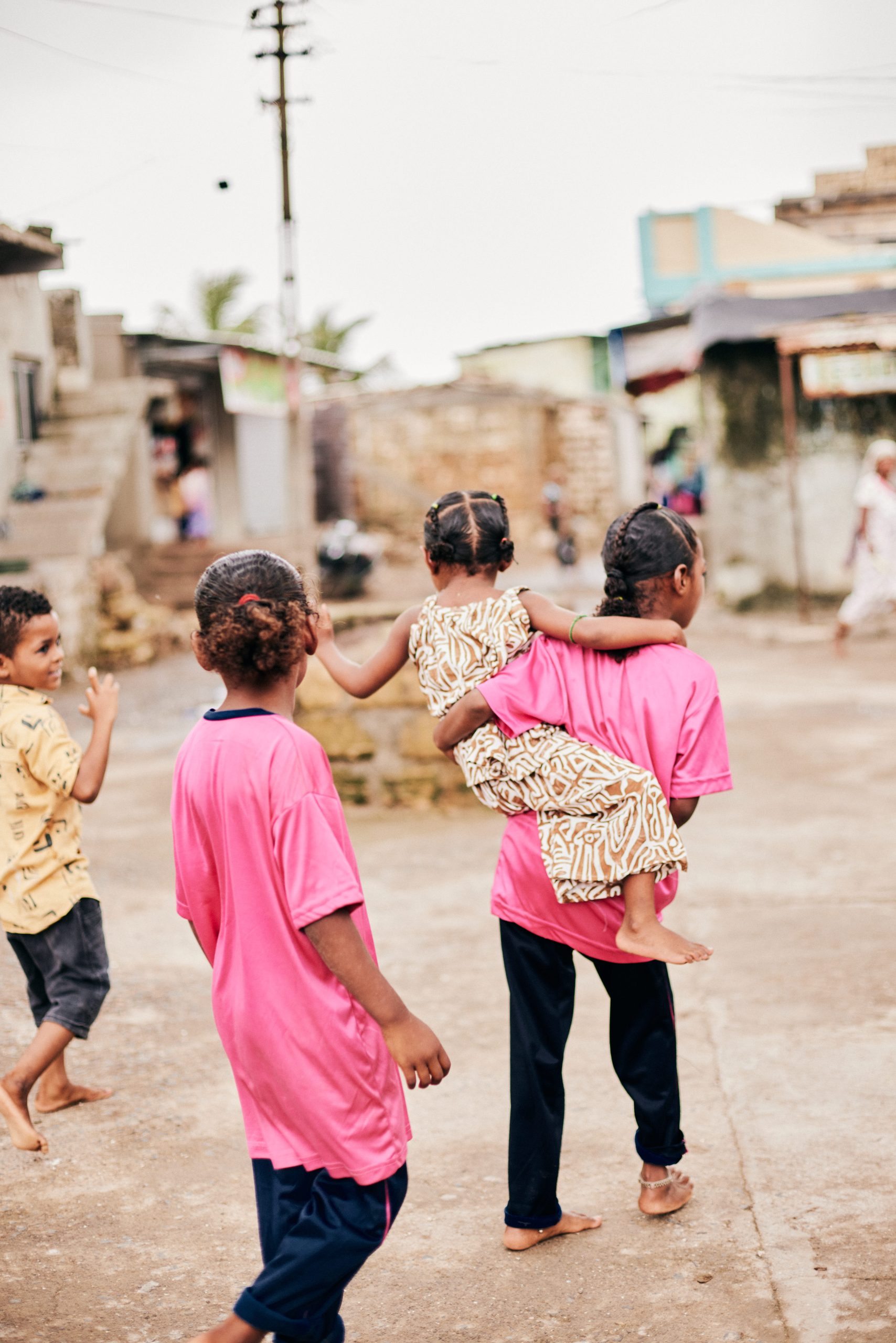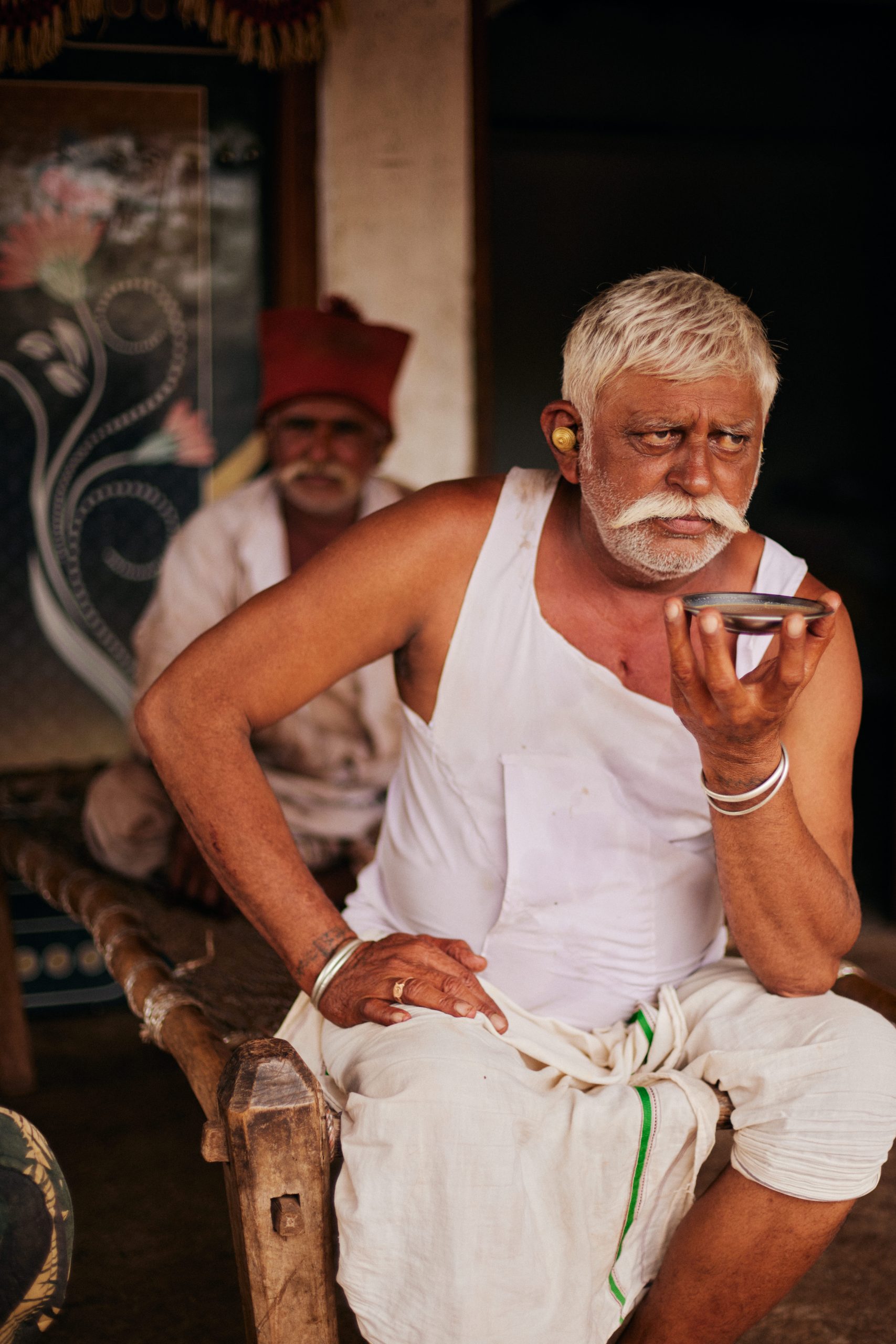Deep within the mysterious embrace of Gujarat’s Gir Forest lies an isolated world beyond the roar of the Asiatic lions—a world defined by the tribal lifestyles of the Siddi and Maldhari communities. These two groups, each carrying centuries of history and tradition, form an intricate part of the forest’s identity.
The Siddi community, with their African ancestry, arrived in India 300+ years ago, possibly brought through the historic Arab and Portuguese slave trade. Still, some Siddis claim lineage from African soldiers and merchants who voluntarily settled here. Today, their connection to Africa is marked by their appearance and distinctive cultural preferences.
Our Member Stay, Woods at Sasan, lends these cultural narratives into the traveller’s experience, offering a luxurious retreat and thoughtful homage to communities thriving here. While the architecture here speaks of the simplicity of the Maldhari nesh and the classic Siddi Chhappar huts, the interiors deploy local materials like wood, clay, and stone.


The Siddi people’s homes are simple yet sturdy, lending natural materials like mud, bamboo, and thatched roofs. This architectural wisdom keeps them cool in the scorching summer months, and the earthen walls offer refuge during monsoon’s heavy downpours. What’s best is that the design isn’t accidental—these homes, built using ancestral knowledge, are perfectly suited for Gir’s unpredictable climate.
Moreover, their cuisine is an unspoken language of their history. Drawing inspiration from African roots while adopting local Indian spices, they create dishes that sing of a time gone by. Millet flatbreads, roasted over open flames, accompany spicy stews brewed with pulses, greens, and traces of coconut—a reminder of their tropical heritage from the Zanj coast in Southeast Africa.

Siddi food is often characterised by bold spices and flavours, with dishes like ugali (a thick maize porridge), served alongside fiery curries and sauteed greens. These culinary practices have survived centuries of adaptation that few outsiders get to taste. You’ll feel grounded after watching how the women work together to pass down recipes that are as much a part of their heritage as their dance and music.
Above all, can you visualize drumbeats reverberating through ancient teak and mango groves?–especially through the twilight. Beats of handmade drums mark the arrival of the Goma dance, a celebration of life performed by these descendants of African sailors and soldiers who made Indian soil their home. You’re rewarded with a sight of stories, dance, and cuisine assembling the flavours of two continents.
In contrast, the Maldharis—whose name translates to “keepers of the animals”—are the pastoral custodians of the Gir forest. Being semi-nomadic, they’ve wandered this forested terrain for over a century, herding cattle, buffalo and goats, their cherished possessions, through lush landscapes. Their lives are a quiet picture of an environment where the line between survival and scarcity is thin.



Take off on wildlife tours and also observe how traditional Maldhari dwellings, called nesh, are as adaptable as the tribals themselves. With semi-permanent homes dressed in locally sourced wood, mud, and cow dung—you’ll be impressed by how their homely structures can be shifted as the seasons and grazing patterns demand.
Up next, their nourishing diets borrow the raw nutritional elements of dairy products from their livestock. Fresh buttermilk, known as chhas, is their elixir—a cooling, thicker-than-ordinary brew consumed through the day to combat the heat. Meals often centre around ghee-soaked flatbreads and creamy kheer, celebrating the bounty of their cattle.
Don’t forget, the rotis are made from fresh jowar and bajra grains, whereas the yoghurt-based curry, kadhi, reflects the pastoral calm defining their lives. All things considered, both communities rely on traditional food preservation methods like sun-drying and fermenting. But what sets their culinary practices apart is Maldhari’s minimalist approach and dependence on their dairy’s purity.
Moving on, the Maldhari’s sacred relationship with the Asiatic lion views them as guardians of the forest rather than a threat. Lion shrines, or Vaghdev shrines, are common in Maldhari grazing lands, where offerings are made to honour the lions and seek protection for the herds. Similarly, their ethnoveterinary medicinal practices depend on local herbs like Adusa and Kalihari to treat livestock ailments.
On the other hand, the Siddis hold initiation ceremonies and community hierarchies where elders impart wisdom on secret hand gestures for dance and religious rites. From Siddi murals to Swahili-cum-African dialects and sacred groves to Afro-Indian artistic fusion, these tribals truly follow ecological and cultural awareness.


Plan a trip to Woods at Sasan and take walks around Maldhari herdsman or savour Siddi-inspired meals; this boutique estate is your portal to tradition. Rest assured, the eco-conscious designs deliver comfortable spaces that are as fresh as the wilderness in this sanctuary.
